Kakurega Omakase wins Best Hideaway: Wallpaper* Design Awards 2021
This Japanese restaurant in the Mexican jungle near Puerto Escondido, is designed by architect Alberto Kalach based on a concept by Bosco Sodi and Luis Urrutia
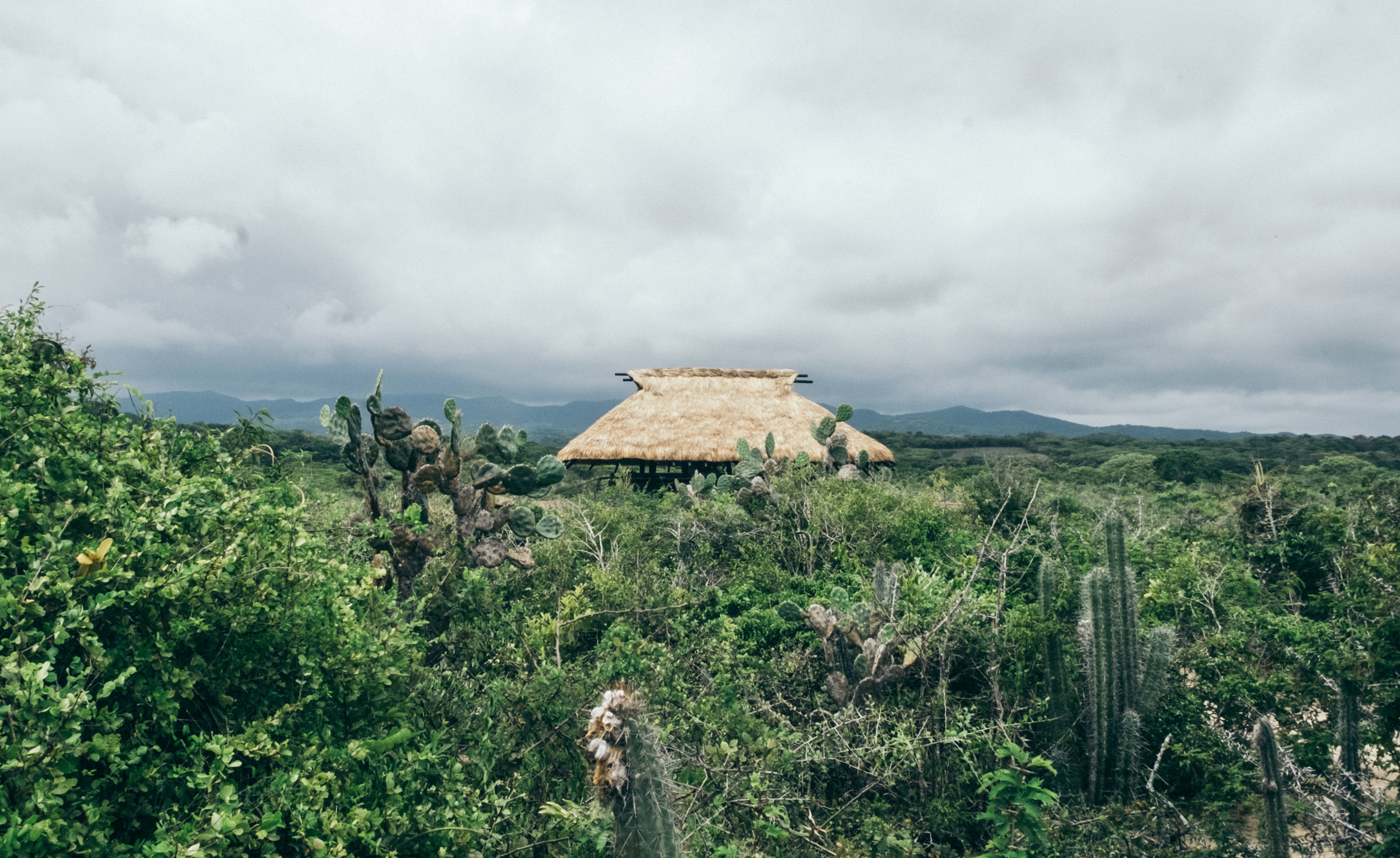
Karla Lisker - Photography
A patch of jungle on Mexico’s Pacific coast is an unlikely site for an omakase restaurant, but artist Bosco Sodi (W*260) and his cousin, engineer Luis Urrutia, thought it the perfect plot.
‘Normally you find omakase in the big cities of the world, in places like Tokyo, London and New York. This is the opposite, omakase in the middle of nowhere. The space is open to the senses – you can feel the wind, see the sunset, hear the crickets at night, and take in the scent of nature alongside the food,’ enthuses Sodi.
Their idea has now materialised as Kakurega Omakase, designed by Alberto Kalach and operated by boutique hotel developers Grupo Habita. As befitting the name, which means ‘hidden’ in Japanese, the building is well concealed within the landscape, sandwiched between the ocean and the verdant Sierra Madre del Sur mountains. Visitors pass through low wooden gates, and meander along a dirt path that cuts across a garden overgrown with shrubs and cacti, until the two-level restaurant at the far end of the plot comes into view.
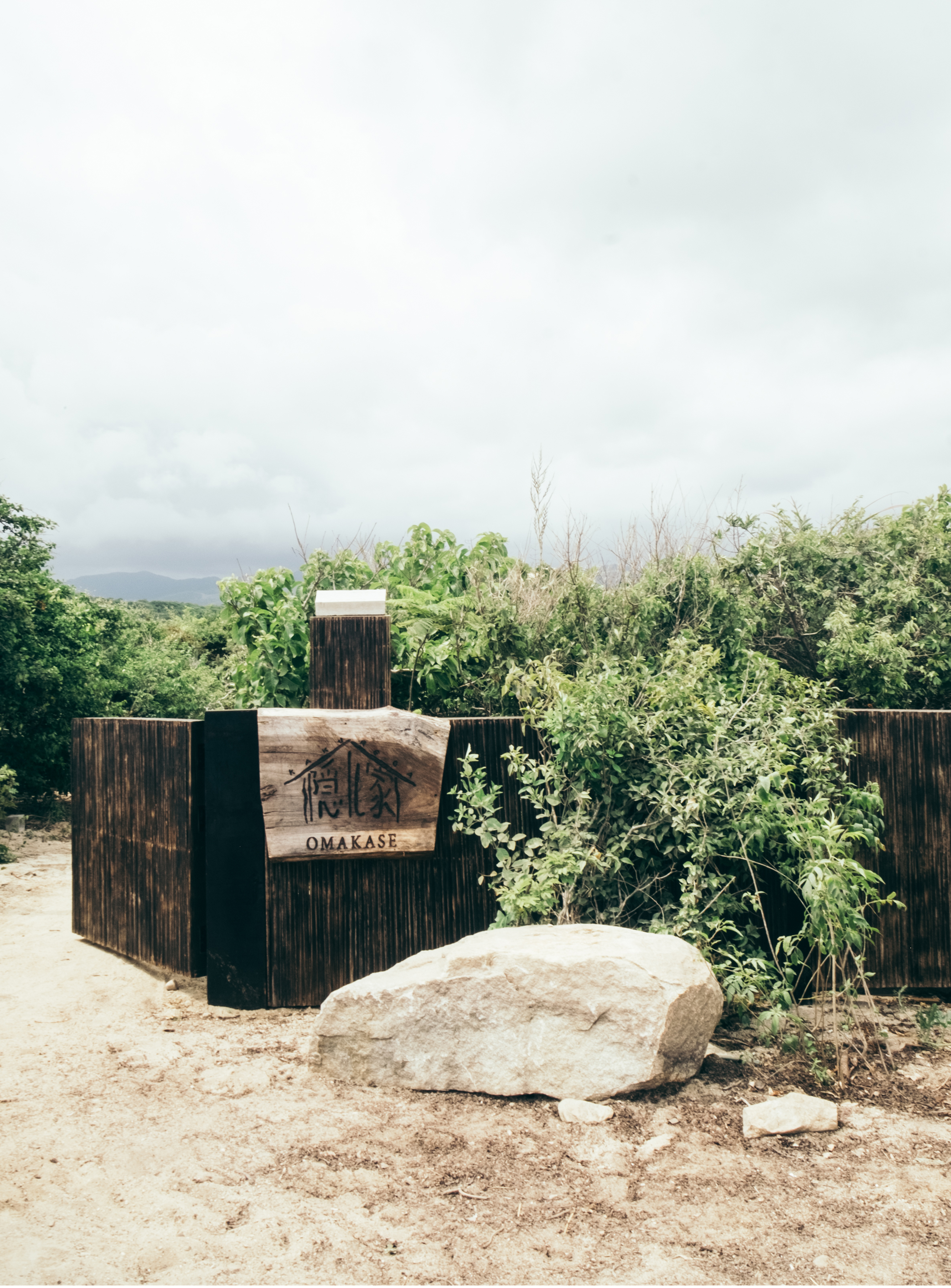
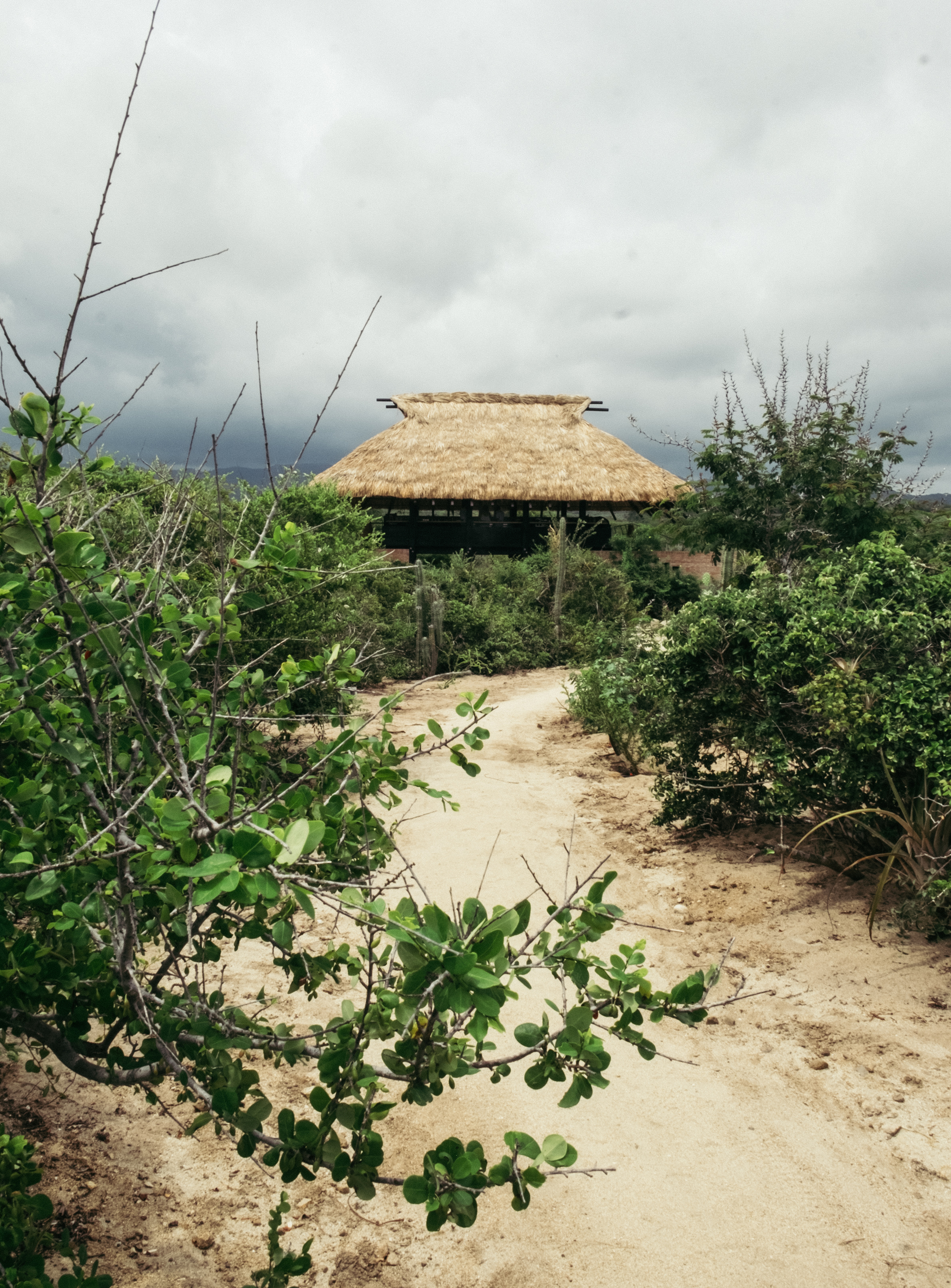
Visitors to Kakurega Omakase pass through low wooden gates, and meander along a dirt path that cuts across a garden overgrown with shrubs and cacti, until the two-level restaurant at the far end of the plot comes into view
Crafted from local materials by the same artisans who built the nearby Casa Wabi, the restaurant is characterised by a prominent palapa roof – thatched from dried palm leaves according to an old Mexican technique. Underneath, the upper level, which houses a 12-seat chef’s table, is framed in charred wood in a nod to Japanese tradition. Meanwhile the lower level, which houses a reception area and additional kitchen facilities, is a combination of brick (made from Oaxacan clay) and concrete.
‘The proportions of the building take inspiration and pay homage to Japanese culture,’ says Kalach. ‘But it’s still very much Puerto Escondido in its craftsmanship, materials, and sense of place. ’The two levels are connected via a pair of sculptural, open-air stairways, one on each side of the building, that runs parallel to the brick façade, so the panoramic views are gradually revealed as visitors climb the steps, heightening the sense of ascending to a temple of nature and food.
A post shared by Kakurega Omakase (@kakurega_omakase)
A photo posted by on
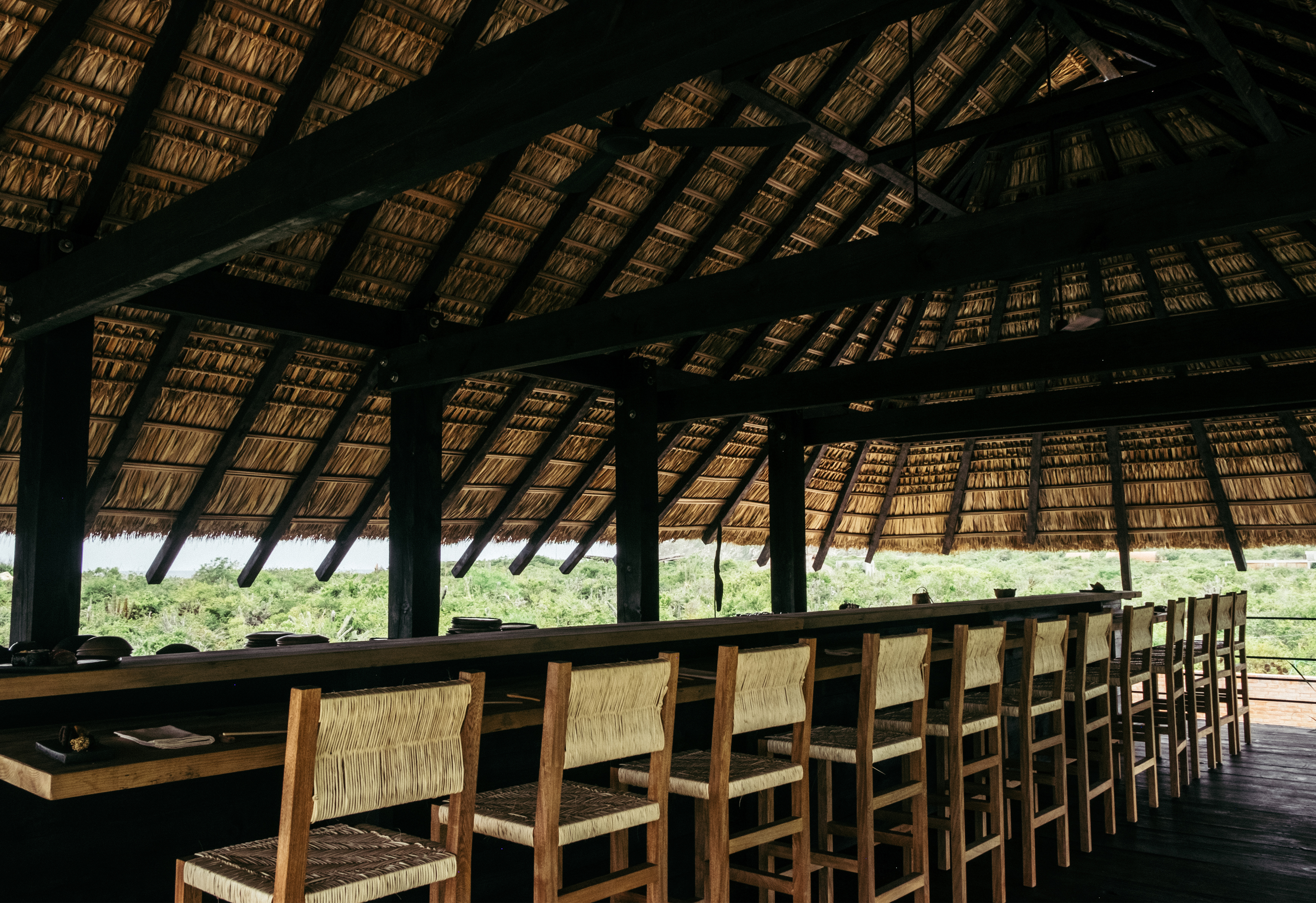
The stairway leading to the upper level runs parallel to the brick wall, so the panoramic views are gradually revealed as visitors ascend the steps; below, the 12-seat chef’s table is on the upper level, which is framed in charred wood, in a nod to Japanese tradition, and sheltered by a palapa roof.
Carlos Couturier, co-founder of Grupo Habita, explains that Kalach was given free rein on the plot: ‘Alberto doesn’t really take briefs from anyone!’ he recalls. ‘He designed it by himself, and achieved what is hardest in any field: minimalist simplicity. We all liked it since day one.’
As with the building process, the menu was conceived with the goal of helping local communities. Despite the menu being Japanese, ‘all the fish and produce we serve are completely local,’ says Urrutia. ‘We don’t serve salmon because we’d have to buy it in Mexico City and bring it here. Everything is fished or bought in local markets on the same day we serve it.’
For executive chef Keisuke Harada, who hails from Kyoto and has been with Grupo Habita since 2005, the insistence on regionality was a welcome challenge. Peppers, a Mexican staple, turned out to be an ideal complement to Japanese flavours – jalapeño goes well with ponzu sauce and yuzu, while habanero pepper offers just the right kick when mixed in with ponzu and mayonnaise for tuna tostadas. Harada even found a local replacement for daikon radish, which is served with sashimi as a palate cleanser. Inspired by the surroundings, he is now using jicama.
A post shared by Kakurega Omakase (@kakurega_omakase)
A photo posted by on
Despite the pandemic-induced slowdown in tourism, Kakurega has had a long waiting list since its opening in August. ‘The concept is ageless; it lasts due to its simplicity and authenticity’ reflects Couturier. ‘Oaxaca gives Kakurega its identity, but its originality gives the place universal appeal.’
On his part, Sodi explains that Kakurega is a major step in his ambitious plan for the development of Puerto Escondido. ‘We are complementing the cultural project that is Casa Wabi, together with the new architecture of the region, with a culinary element. It completes the circle of experiences that we can provide here.’
A post shared by Kakurega Omakase (@kakurega_omakase)
A photo posted by on
A view of the Sierra Madre del Sur mountains from the upper level of Kakurega Omakase.
INFORMATION
boscosodi.com
kalach.com
grupohabita.mx
@kakurega_omakase
Wallpaper* Newsletter
Receive our daily digest of inspiration, escapism and design stories from around the world direct to your inbox.
TF Chan is a former editor of Wallpaper* (2020-23), where he was responsible for the monthly print magazine, planning, commissioning, editing and writing long-lead content across all pillars. He also played a leading role in multi-channel editorial franchises, such as Wallpaper’s annual Design Awards, Guest Editor takeovers and Next Generation series. He aims to create world-class, visually-driven content while championing diversity, international representation and social impact. TF joined Wallpaper* as an intern in January 2013, and served as its commissioning editor from 2017-20, winning a 30 under 30 New Talent Award from the Professional Publishers’ Association. Born and raised in Hong Kong, he holds an undergraduate degree in history from Princeton University.
-
 Put these emerging artists on your radar
Put these emerging artists on your radarThis crop of six new talents is poised to shake up the art world. Get to know them now
By Tianna Williams
-
 Dining at Pyrá feels like a Mediterranean kiss on both cheeks
Dining at Pyrá feels like a Mediterranean kiss on both cheeksDesigned by House of Dré, this Lonsdale Road addition dishes up an enticing fusion of Greek and Spanish cooking
By Sofia de la Cruz
-
 Creased, crumpled: S/S 2025 menswear is about clothes that have ‘lived a life’
Creased, crumpled: S/S 2025 menswear is about clothes that have ‘lived a life’The S/S 2025 menswear collections see designers embrace the creased and the crumpled, conjuring a mood of laidback languor that ran through the season – captured here by photographer Steve Harnacke and stylist Nicola Neri for Wallpaper*
By Jack Moss
-
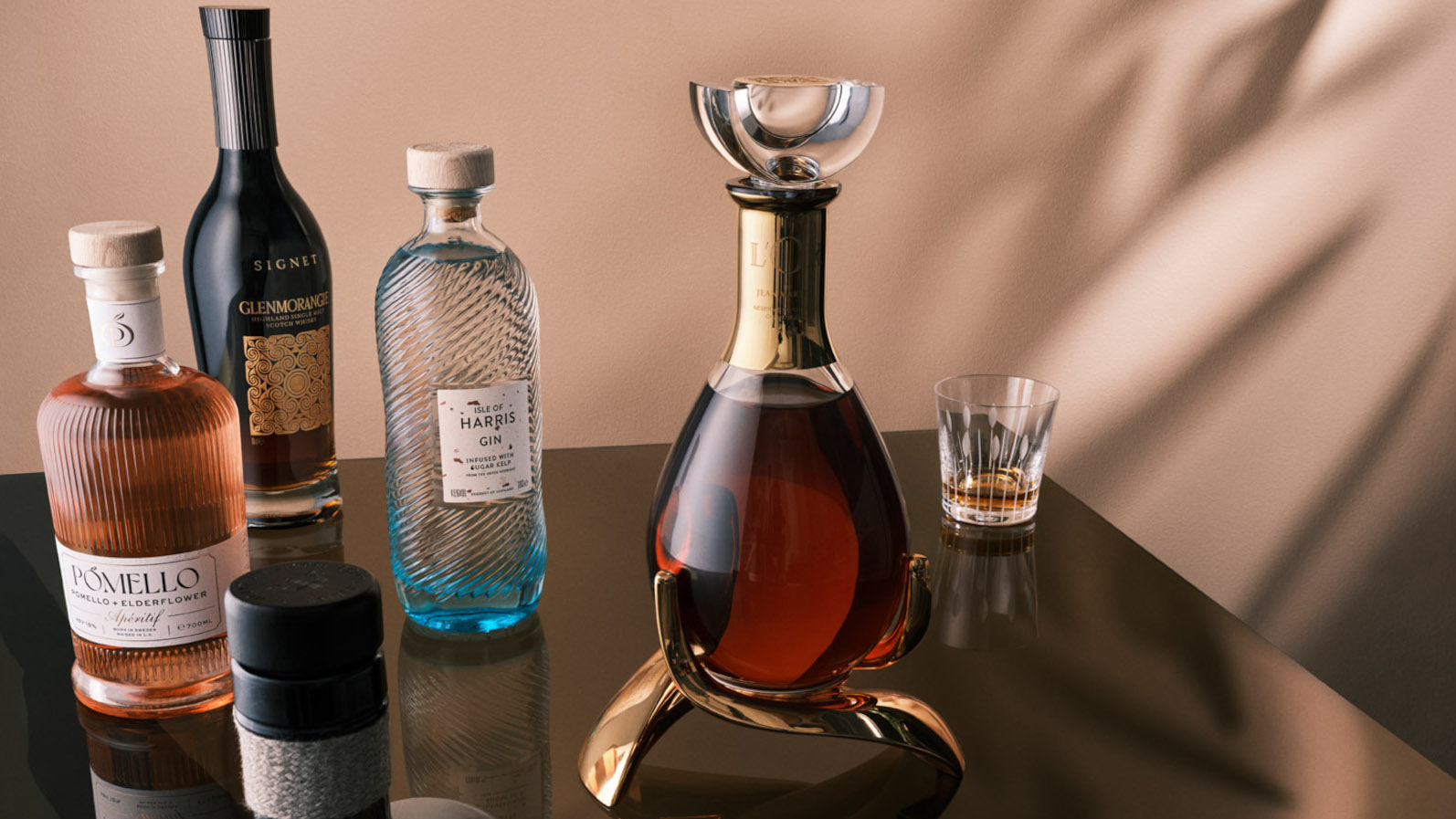 This year’s best drinks, for your home bar or a decadent night out
This year’s best drinks, for your home bar or a decadent night outWallpaper* Design Awards 2024 toast the best drinks for discerning palates, from a grapefruity aperitif to a velvety whisky
By Anne Soward
-
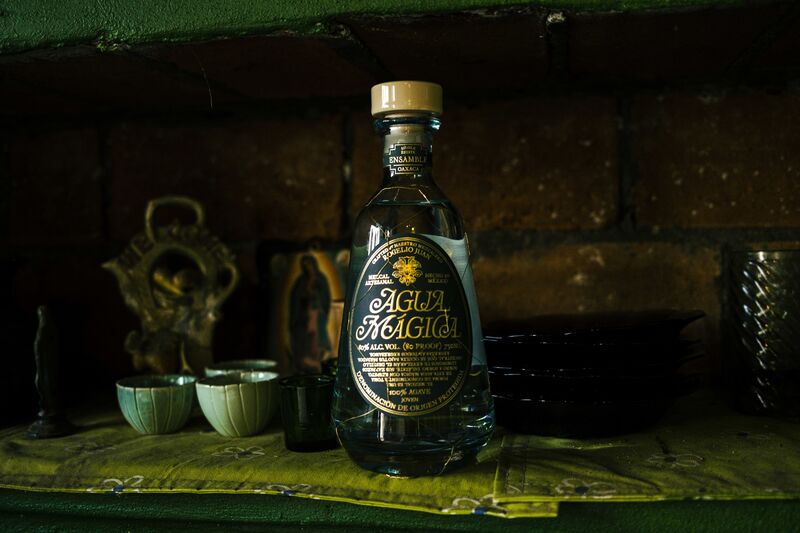 Tequila’s reputational makeover is driven by design
Tequila’s reputational makeover is driven by designTequila brands that look as good as they taste, and the perfect tequila glass to serve them up
By Mary Cleary
-
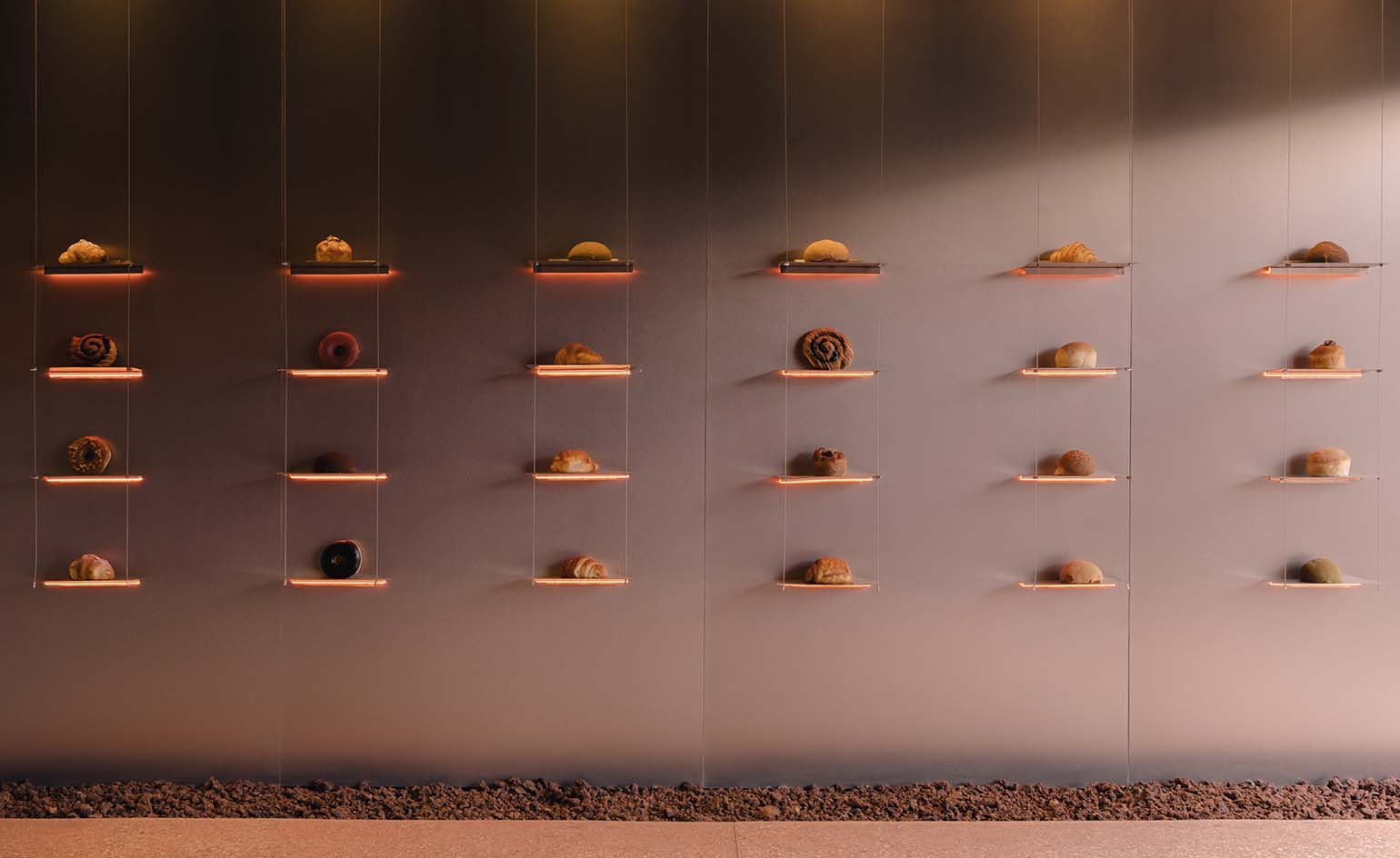 This Mexican bakery is a haven for indulgent pastries and playful design
This Mexican bakery is a haven for indulgent pastries and playful designCostra is a newly redesigned Mexico City bakery that will satisfy your taste for sweet treats and lively design
By Mary Cleary
-
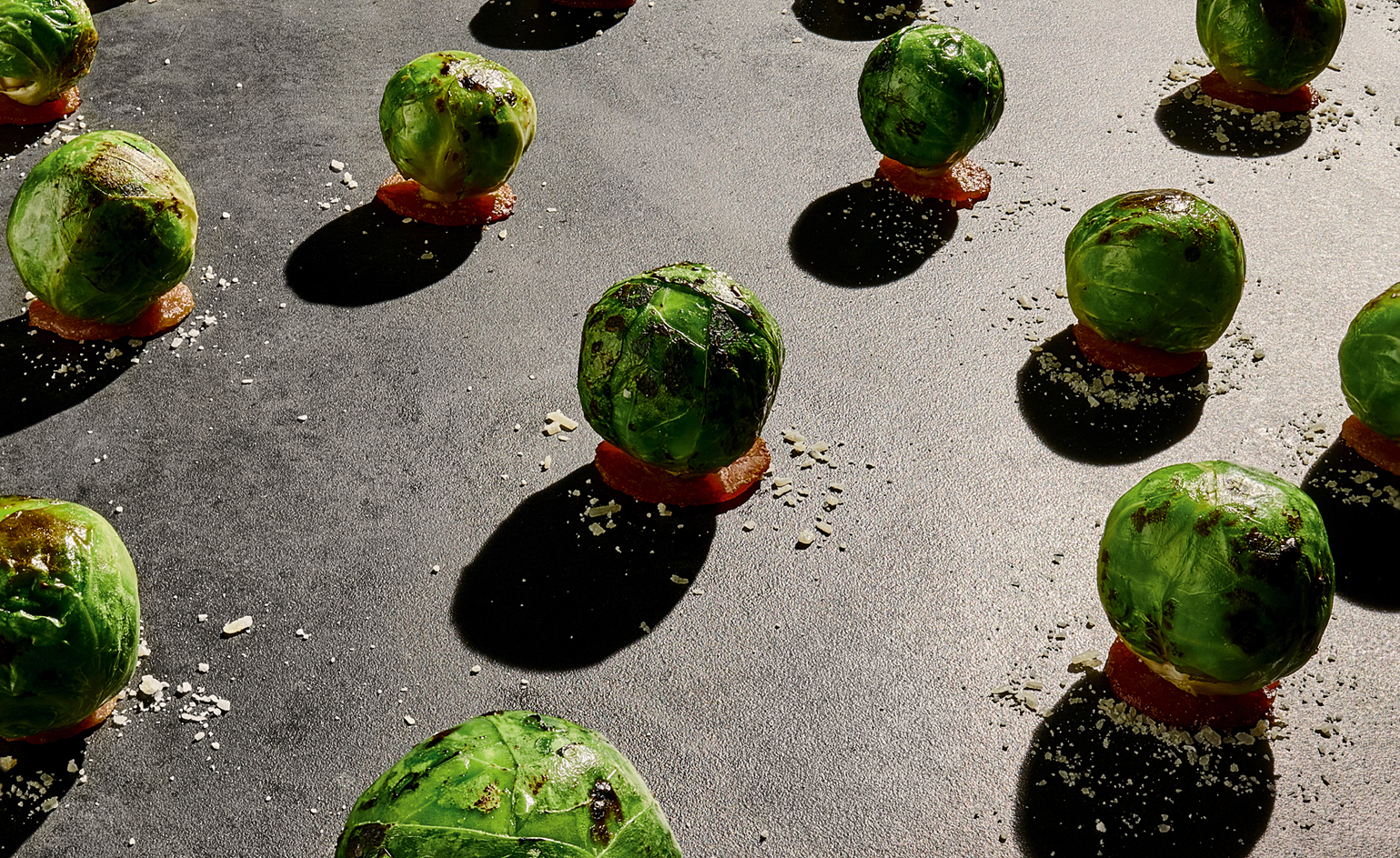 Bosco Sodi’s recipe for Brussels sprouts
Bosco Sodi’s recipe for Brussels sproutsGather round for Bosco Sodi’s simple yet imposing recipe for Brussels sprouts.
By TF Chan
-
 Jon Gray judges Wallpaper* Design Awards 2022
Jon Gray judges Wallpaper* Design Awards 2022Jon Gray, co-founder of Black culinary collective Ghetto Gastro, talks disruption, inclusion, shaking up Museum Mile, and his pick of the Wallpaper* Design Awards 2022
By Pei-Ru Keh
-
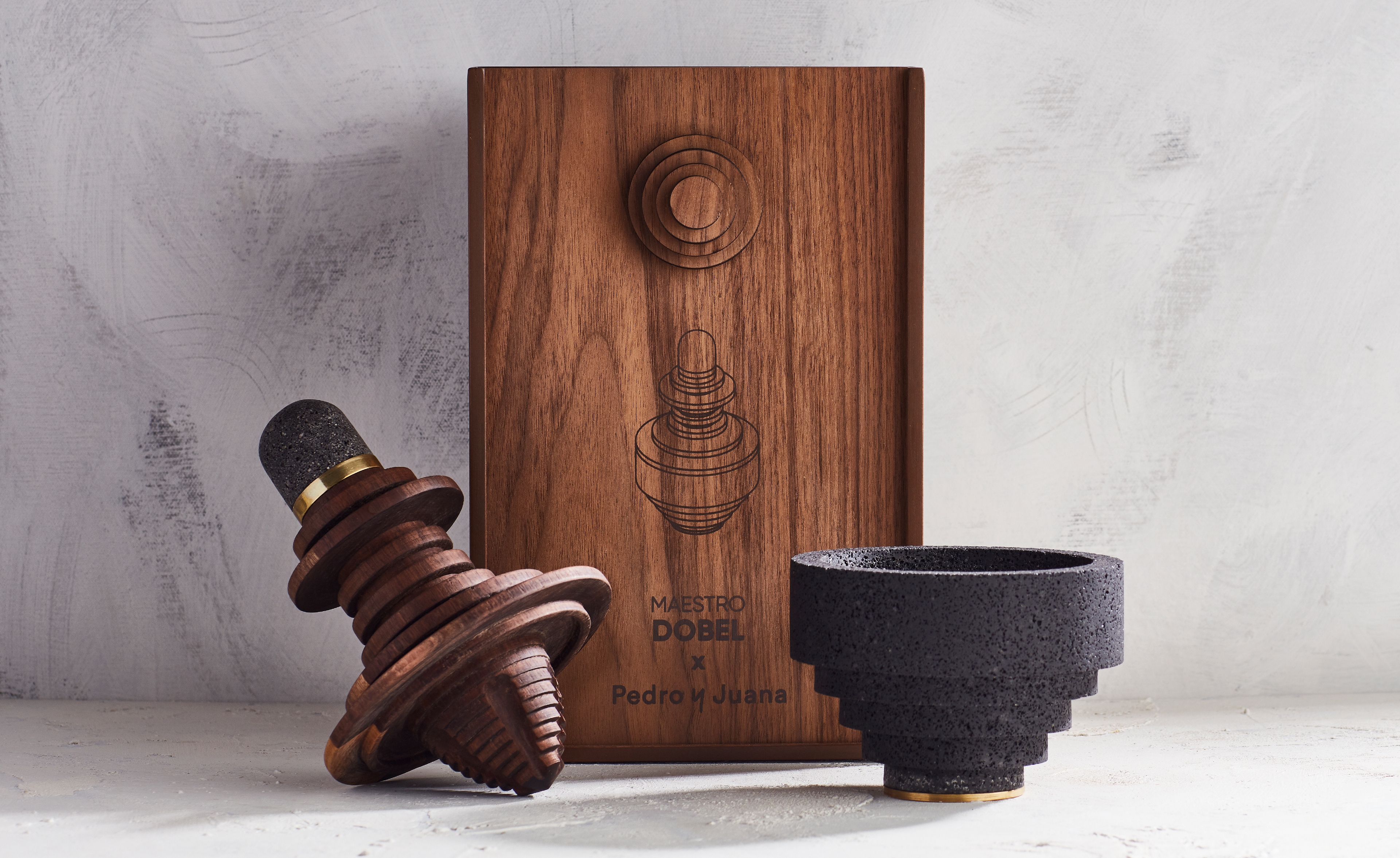 This tool is the secret to making a perfect tequila cocktail
This tool is the secret to making a perfect tequila cocktailMake Maestro Dobel’s Peppered Berry Margarita, the ideal tequila cocktail for summer days, with a molcajete and tejolote (mortar and pestle) designed by architects Pedro y Juana
By Mary Cleary
-
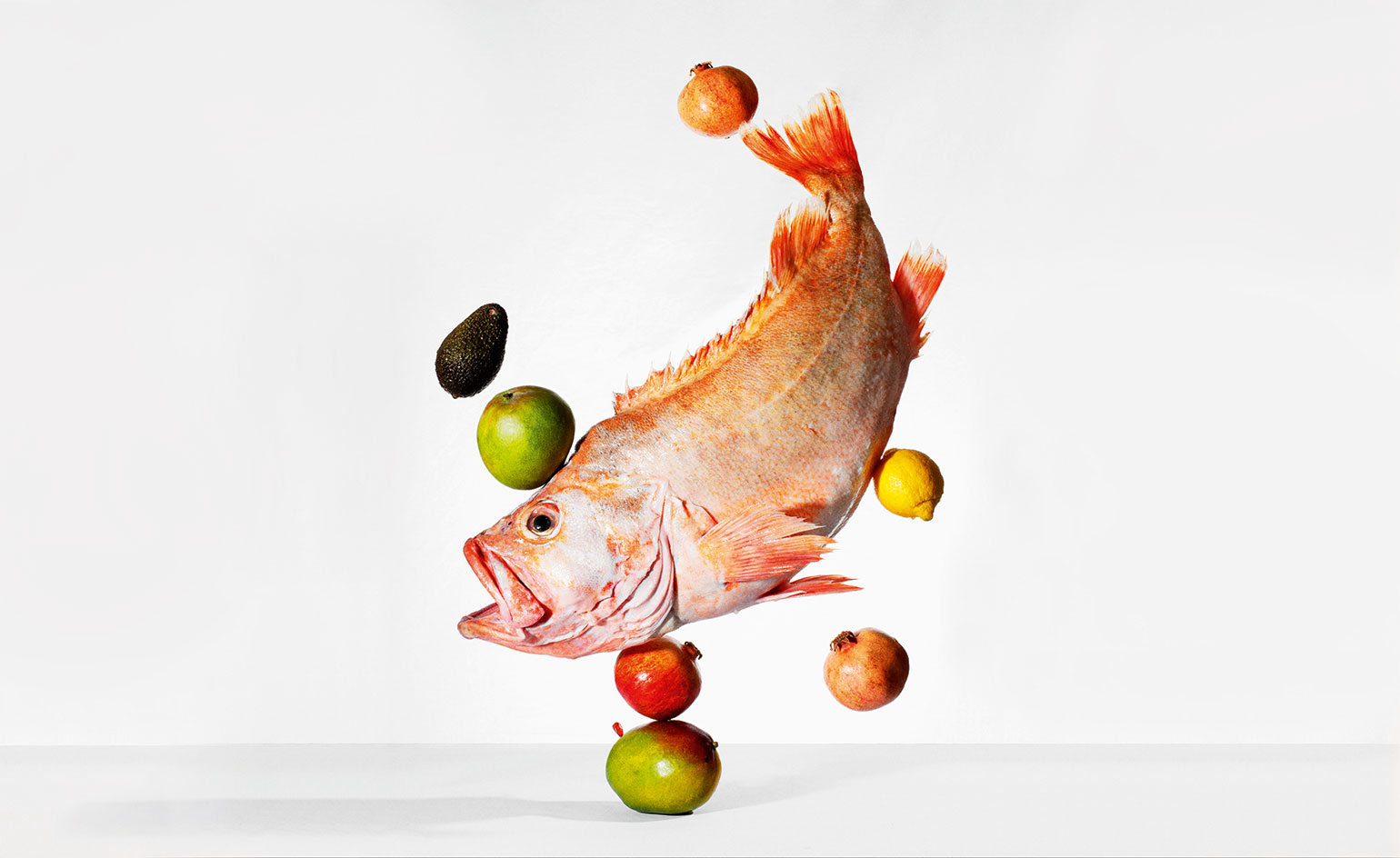 Artist Gabriel Rico’s red snapper ceviche recipe
Artist Gabriel Rico’s red snapper ceviche recipeSnap up Gabriel Rico's gravity-defying fish out of water, as featured in our monthly Artist's Palate series, where we interpret recipes in homage to our favourite contemporary art
By TF Chan
-
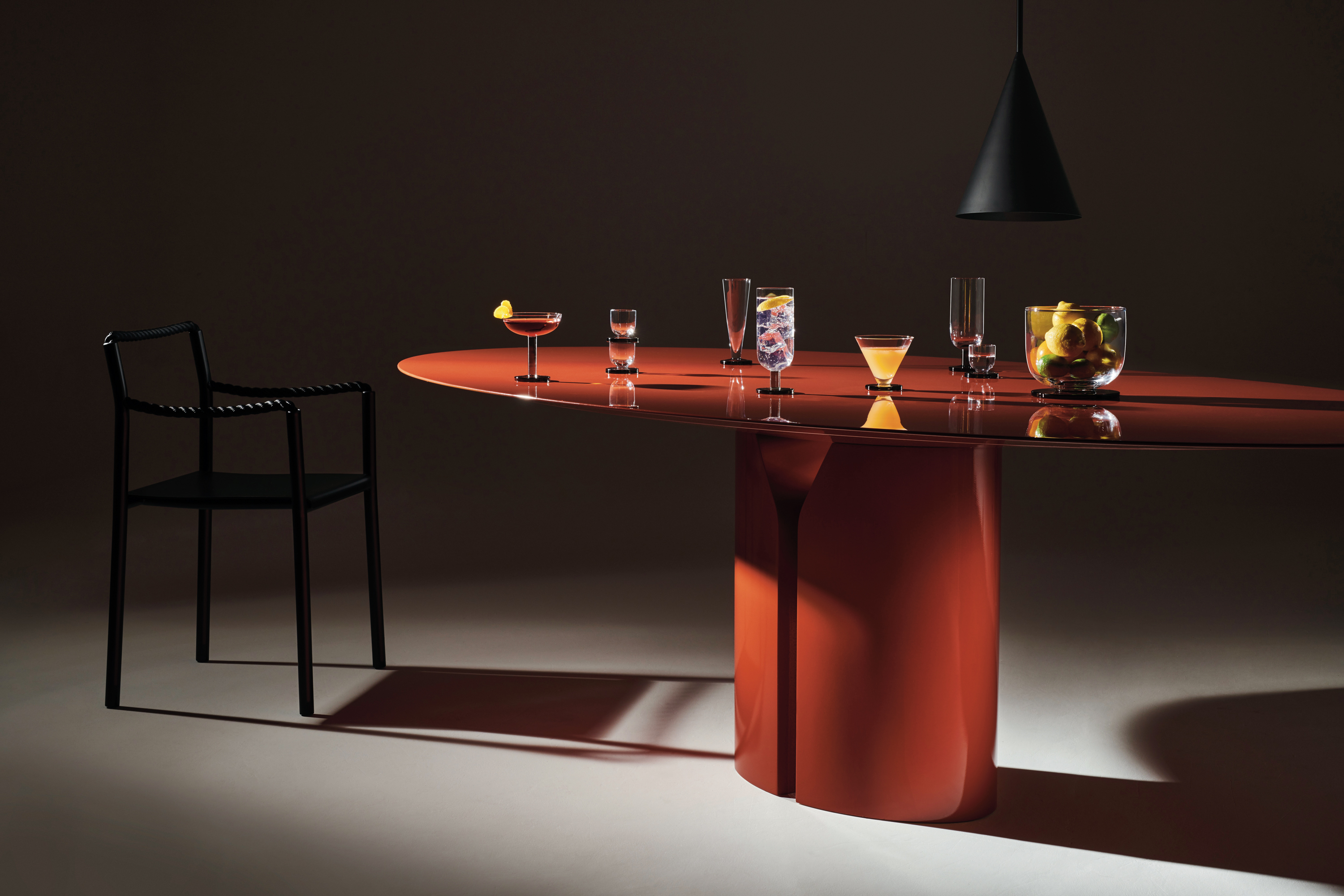 Best Dining Experience: Wallpaper* Design Awards 2021
Best Dining Experience: Wallpaper* Design Awards 2021This year’s dream dining room is kitted with the Wallpaper* Design Awards 2021 winners
By Anne Soward